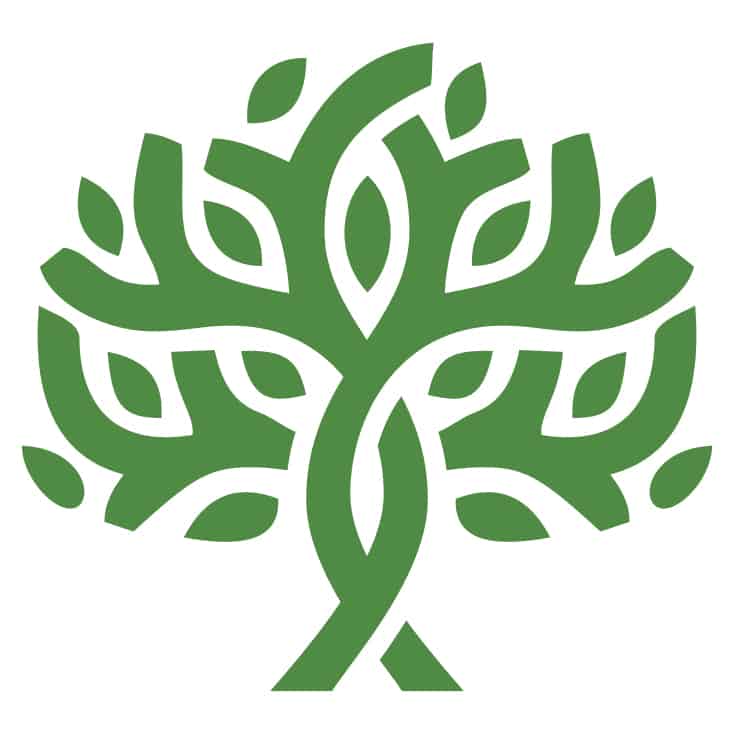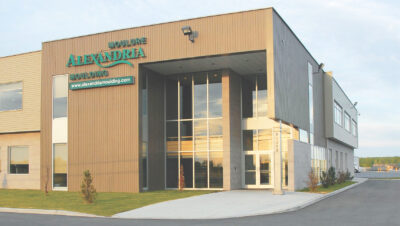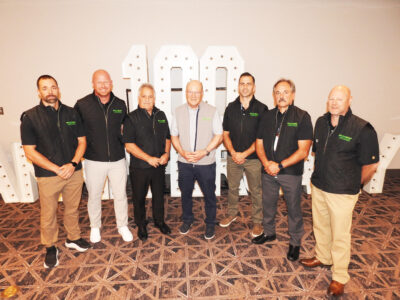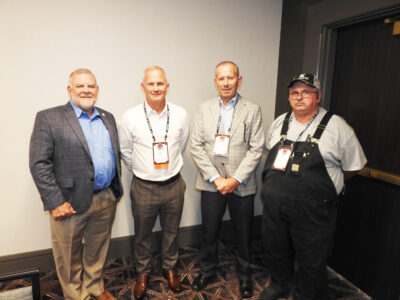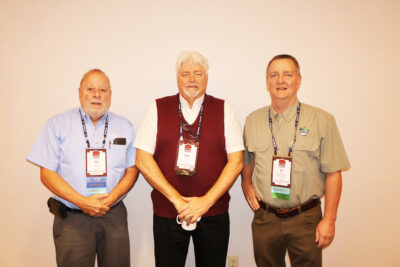NHLA received the following notice from the Government of Canada.
The Canadian Food Inspection Agency (CFIA) is seeking feedback on a risk management document (RMD) RMD-22-03 Pest risk management document: risk management proposal for spotted lanternfly (Lycorma delicatula). The RMD provides an assessment of pest risk management options to manage the risk of spotted lanternfly introduction and spread in Canada.
A quick summary of the report indicates that SLF came into the U.S. in 2014 from China, India, Taiwan, and Vietnam and is currently in 14 eastern U.S. states. See the Map HERE.
The main method of transportation is via eggs in the bark of unprocessed logs, although it is also known to travel in plants, vehicles, camping equipment, building materials, shipping containers, and other items stored outside. The Canadian government is concerned that it will impact fruit and grape production as it bores into and feeds off the sap in trees and vines.
Specific quotes from the report state:
Current US SLF Control methods
“In the U.S., APHIS and state cooperators are collaboratively implementing a prevention and response program to detect, contain and suppress SLF. State quarantines, at the county level, have been established in some infested states including Pennsylvania, New Jersey, Delaware, Maryland and Virginia. At the state level, management and suppression activities may include surveillance, permit requirements for all commercial movement of regulated articles (including vehicles) outside of state quarantine areas, pesticide applications and certification of plant material. Numerous pesticide product labels have been amended to add SLF in the U.S. and are available for producers, governmental response efforts and the general public.”
Current Canadian SLF Control Methods
“Limited control options are available in Canada and currently there are no registered pesticides with SLF on the label. Through the SLF TAC response and treatment working group suitable candidates for emergency use, minor use, and full label registration are being determined, however, even after products are identified, label changes can take weeks to months for approval. Therefore, the CFIA is also working with the Pest Management Regulatory Agency to determine short-term chemical control options while longer-term solutions are identified and put into place. In the absence of pesticide control products, treatment options in Canada would be limited to physical control which could include scraping of egg masses and crushing of nymphs and adults, regulatory controls to slow the spread of the pest and cultural control including removal of host trees.”
Canada SLF Import Control Impacts on US Goods
“Due to the proximity of SLF to Canada, the volume of trade and traffic from areas infested with this pest, and the numerous potential pathways through which egg masses and hitchhiking adults and nymphs are able to spread, it would not be feasible to impose specific requirements on all pathways and products from infested areas in either the United States or within Canada after SLF is established here. Commodity-specific requirements will focus on the highest-risk pathways, such as the movement of nursery stock and logs with bark. For all other pathways and products, a robust communication strategy will continue to be implemented to raise awareness of SLF and its potential pathways of spread, along with the obligation to report SLF sightings to the CFIA, and the need for risk mitigation measures (such as removal of all life stages) prior to movement of regulated articles out of an SLF regulated area. Outreach will continue to focus on raising awareness with the general public, the transportation sector and importers of goods typically stored in outdoor environments to prevent the introduction and spread within Canada.”
Pest Risk Management Options for Logs
Option 1: No implementation of import requirements for logs with bark from areas infested with SLF. (Status quo)
Option 2: Prohibit the importation of all logs with bark from areas infested with SLF.
Option 3: Allow for the importation of logs with bark from areas infested with SLF with a phytosanitary certificate attesting to freedom from SLF based on visual inspection or treatment or participation by a Canadian importer in a CFIA-approved SLF risk mitigation program during the period of low risk prior to SLF egg hatch (January to April).
Option 4: (Recommended): Allow for the importation of logs with bark from areas infested with SLF with a phytosanitary certificate attesting to freedom from SLF based on visual inspection or treatment or participation in a CFIA-approved SLF risk mitigation program throughout the entire year. This option is the same as option 3 but allows for year-round importation of logs with bark without phytosanitary certification. Logs being imported from states known to be infested with SLF would be permitted, provided they meet one of the following certification options:
A phytosanitary certificate includes the following AD: “The material was inspected and found free from spotted lanternfly, Lycorma delicatula.”
OR
A phytosanitary certificate indicating in the treatment section that the material was treated to kill spotted lanternfly Lycorma delicatula.”, including treatment details.The material must be fumigated with methyl bromide at normal atmospheric pressure, at the rate of 48 g/m3 (3 lbs/1000 ft3) for 4 hours at 16°C (60°F), or at the rate of 64 g/m3 (4 lbs/1000 ft3) for 4 hours at 4.5 to 15.5°C (40 to 59°F
OR
The material must be heat treated to attain a minimum core temperature of 56°C for 30 minutes. The heat treatment process must be verified by the USDA, in accordance with the USDA-ALSC Heat Treatment Program for Export.
OR
Allow importation of logs from areas infested with SLF by CFIA-approved Canadian processing facilities to import forest products with bark attached throughout the year.
A permit to import would be required
Before a permit would be issued, a facility wishing to be recognized as an approved processing facility would need to develop a CFIA-approved Preventative Control Plan which addresses storage, bark removal, and disposal. Logs would be required to have the bark removed and processed in a timely manner. In addition, the facility should be vigilant and visually examine log shipments upon arrival and immediately report suspect SLF findings to a local CFIA office and treat the shipment in an authorized approved manner.
All four of the options being considered by CFIA will clearly impact the hardwood lumber market. Including option 1, status quo, as the SLF will spread across Canada and result in regional quarantines and other control measures. We have an opportunity to comment on the proposal before February 3, 2023. CFIA has not outlined a timetable to consider comments and determine the most appropriate option. The US and Canadian hardwood sawmills should also consider other methods of proactively intervening in this issue.
Feedback received will inform the CFIA’s regulatory approach for managing the pest risk posed by spotted lanternfly in Canada.
Comments should be sent to cfia-ias_acia-eee@inspection.gc.ca by February 3, 2023.
